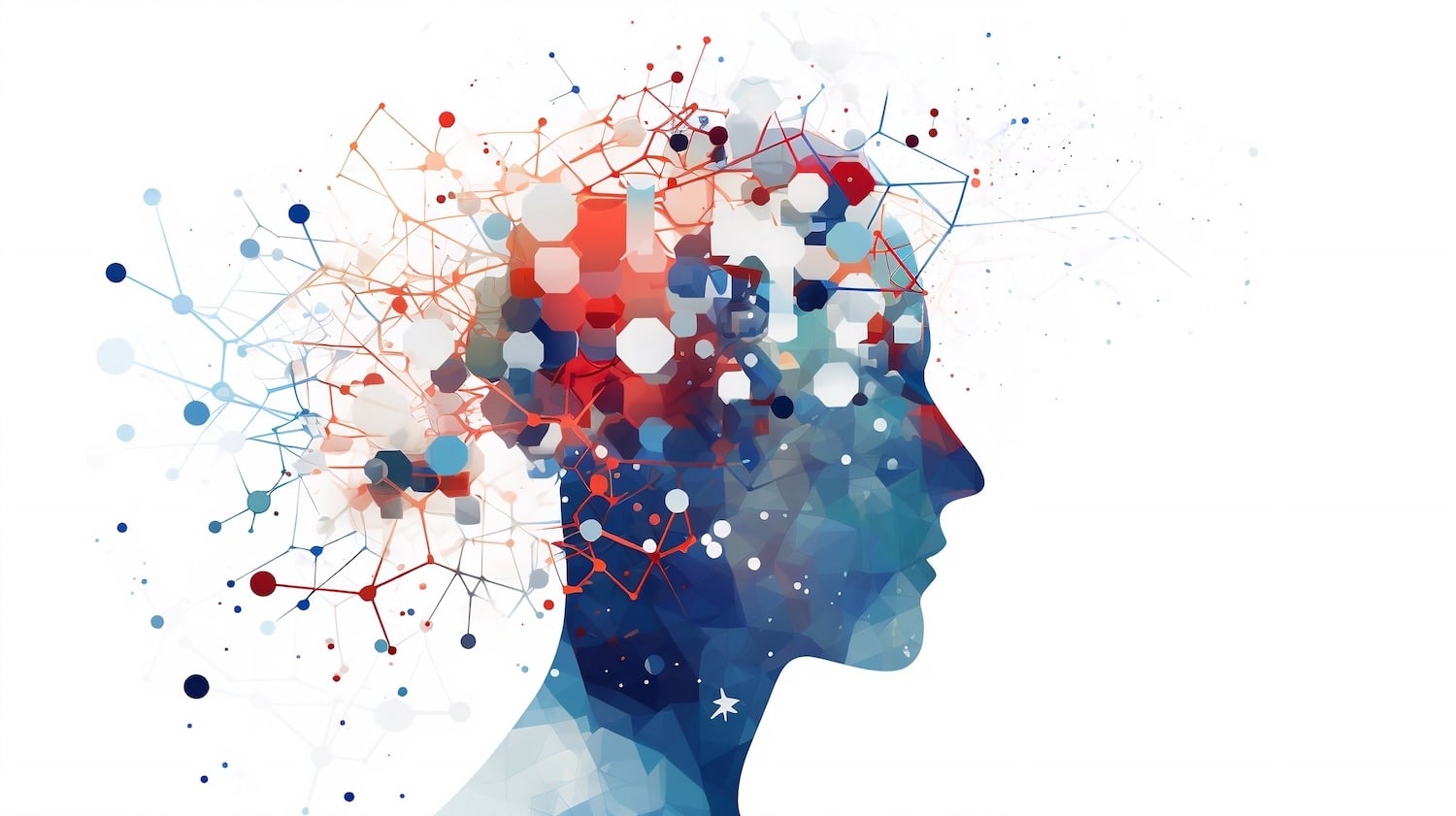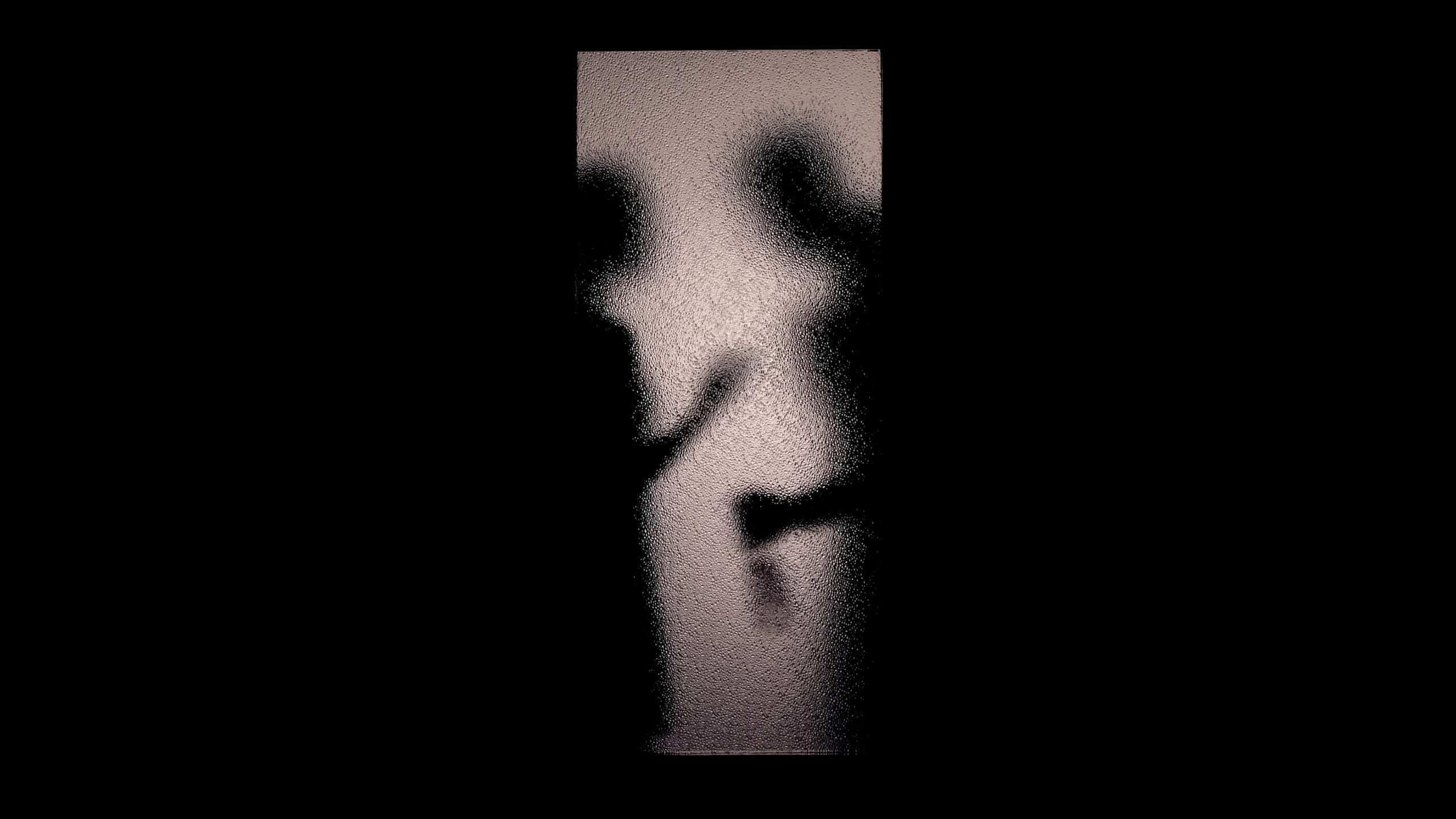What Is the Difference Between A Dual Diagnosis and Co-Occurring Disorder?
What Is A Co-Occurring Disorder?

Common co-occurring illnesses include cocaine addiction & depression, alcohol addiction & panic disorder, and schizophrenia & alcoholism or drug abuse. The two illnesses that make up a co-occurring disorder may be related in some way. For example, if someone has a pre-existing panic disorder, they may be more likely to drink in order to cope with their illness. This coping mechanism could turn into another disease, which may magnify the effects of the original mental illness.
The effects of co-occurring disorders include those that are associated with specific substance abuse, mental, or intellectual disorders. Someone who has two different types of disorders may experience more intense effects than someone who just has one type. Individuals with co-occurring disorders are at a high risk for symptomatic relapses, social isolation, financial challenges, homelessness, family problems, sexual victimization, physical victimization, medical illnesses, and incarceration.
Definition & Effects of A Dual Diagnosis
A dual diagnosis specifically describes when someone is diagnosed with both a substance abuse disorder and some type of mental illness. Substance abuse disorders may occur alongside mental illnesses such as anxiety disorders, ADHD, depressive disorders, schizophrenia, bipolar disorder, & personality disorders. Alcoholism is the most common substance abuse disorder that is dually diagnosed with a mental illness, but other substances may trigger dual diagnoses as well. These substances may include tobacco, stimulants, sedatives, alcohol, caffeine, cannabis, hallucinogens, inhalants, & opioids.
Someone with a dual diagnosis is at a higher risk for adverse and intense effects if they do not seek effective treatment as soon as possible. However, someone may not know they have a dual diagnosis at all. Signs of dual diagnoses may include behaviors such as:
- Leaving family members & friends for new groups
- Poor performance at work or school (ie: lower grades)
- Quitting and relapsing often
- Voicing regrets about their habit
- Continuing to seek a more intense high
- Trying to quit or cut down on a substance
- Indulging in risky behaviors
- Maintaining a scattered sleep schedule
Dual diagnoses, due to their causes and effects, may sometimes get confused with co-occurring disorders. However, there are some substantial differences between the two combinations.
Differences Between Dual Diagnoses & Co-Occurring Disorders
First, dual diagnoses are more specific. A dual diagnosis can only describe a combination of a substance abuse disorder and a mental illness, whereas co-occurring disorders are more broad. Secondly, the nature in which dual diagnoses and co-occurring disorders are diagnosed may vary. When it comes to a dual diagnosis, the two diagnoses are completely separate and may not have much to do with the other. With co-occurring disorders, one of the disorders may contribute to the development of another type of illness.
Regardless of which disorder combination somebody has, the person will require individualized treatment as soon as possible.
How to Treat A Dual Diagnosis or Co-Occurring Disorder
Due to the increasing numbers of dual diagnoses and co-occurring illnesses, some rehabilitation centers offer mental illness treatment methods in addition to substance abuse treatment. Treatment methods for dual diagnoses and co-occurring disorders may include:
- Psychotherapy
- Cognitive behavioral therapy
- Dialectical behavioral therapy
- Integrated treatment approaches
- Certain medications
- Housing and health accommodations
- Psycho-educational classes
- Relapse prevention education
If you or a loved one is struggling with a dual diagnosis or co-occurring disorder involving addiction, contact our team of integrated rehabilitation treatment experts by giving us a call at 267.209.7313.



